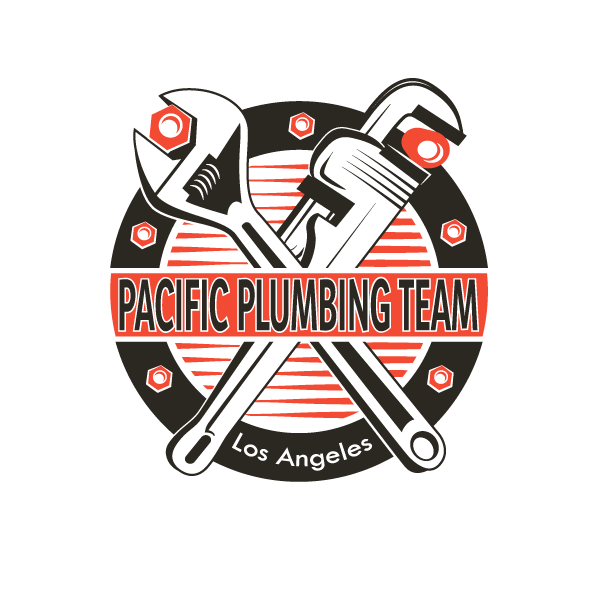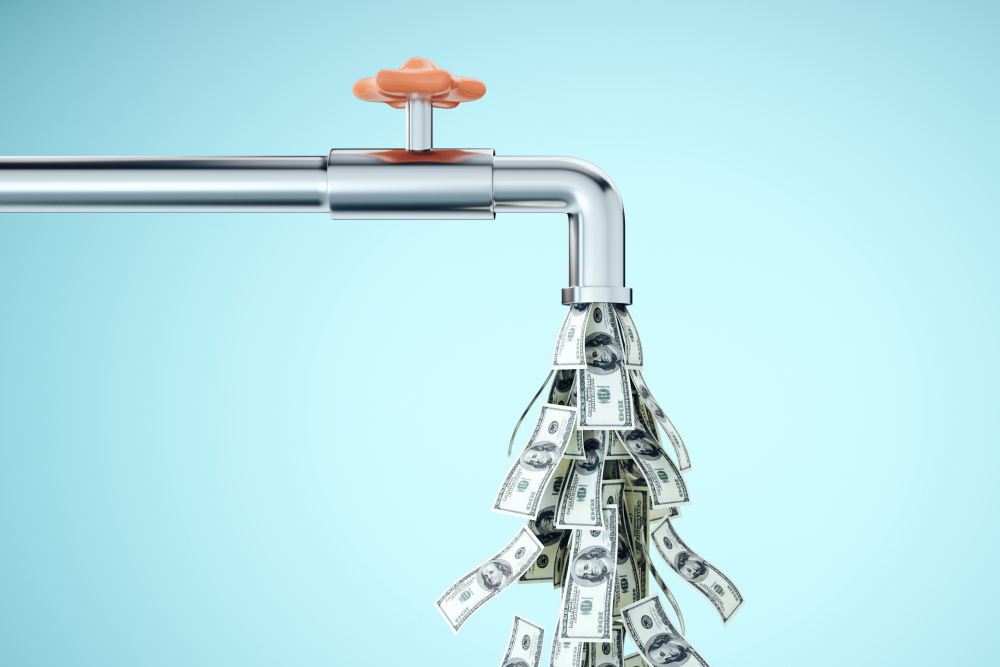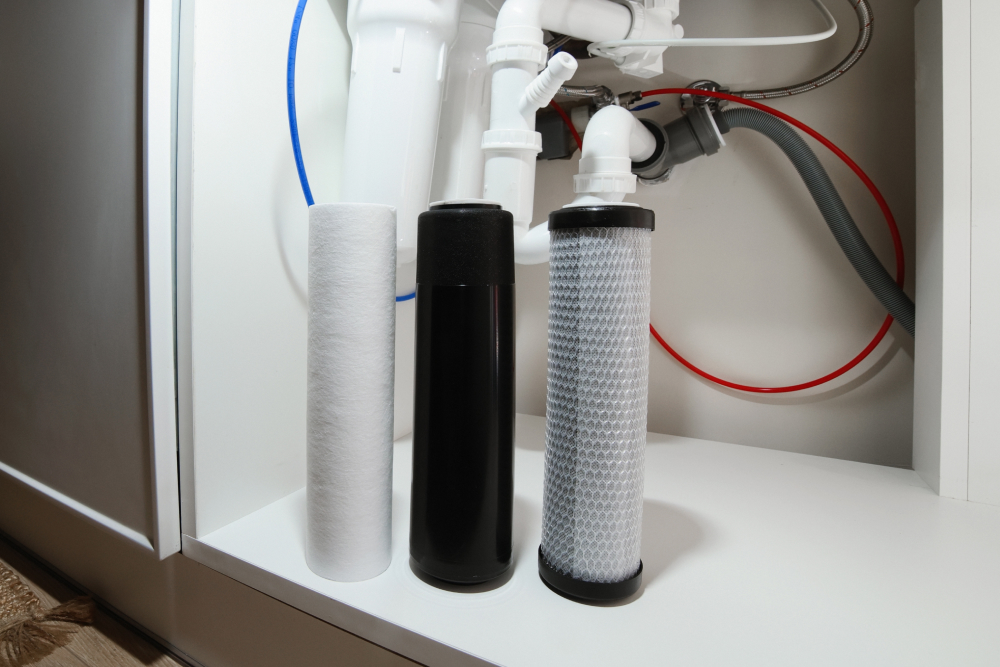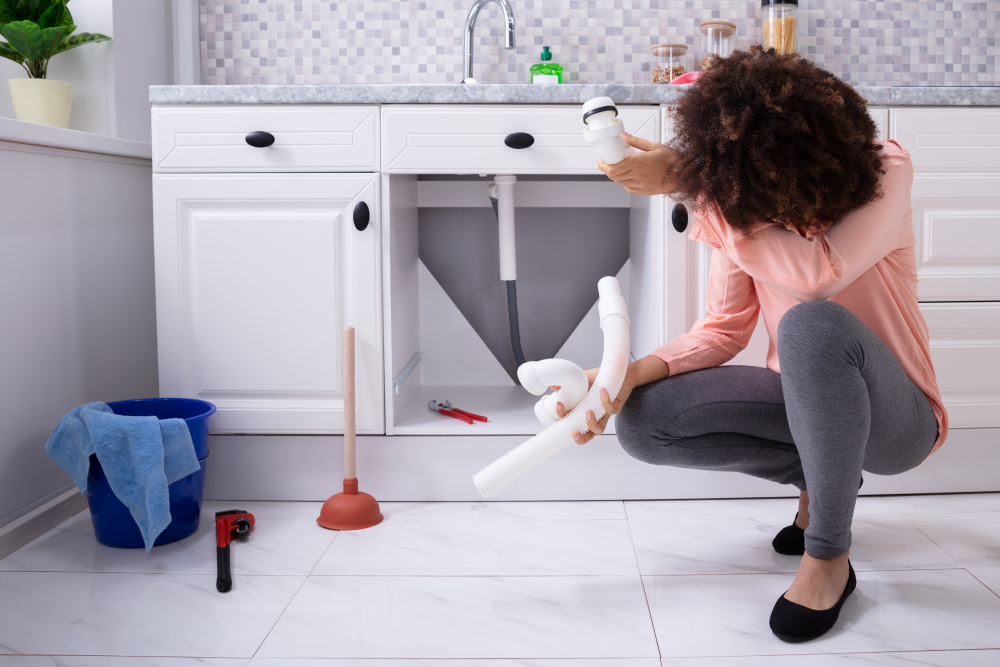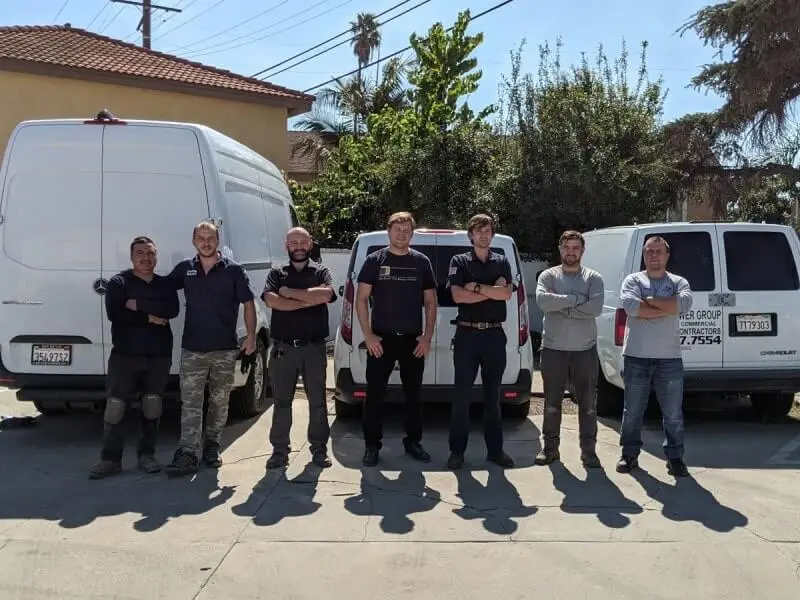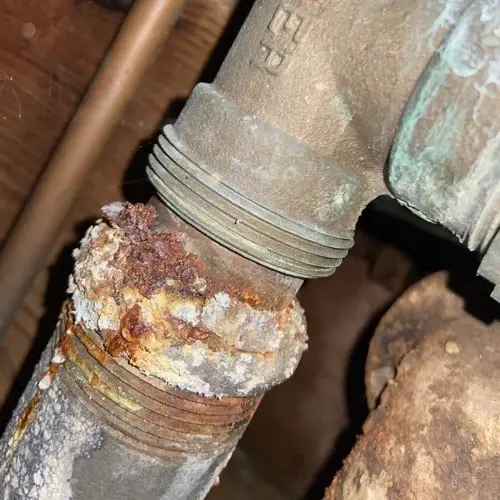In the world of commercial plumbing, finding ways to save money without compromising quality is crucial. Whether you’re renovating an office building, constructing a new retail space, or managing a large-scale plumbing project, cost-effectiveness is key.
However, navigating the complexities of plumbing commercial projects while staying within budget can be challenging. From unexpected repairs to the rising costs of materials, the expenses can quickly add up. But fear not, as there are practical solutions to help you save money and ensure your project’s success.
In this article, we’ll explore strategies and tips for achieving cost-effective solutions in commercial plumbing projects. From proper planning and regular maintenance to investing in high-quality equipment and leveraging technology, we’ll cover it all.
By implementing these approaches, you can minimize expenses, avoid costly mistakes, and ultimately achieve your plumbing goals without breaking the bank. So, let’s dive in and discover how you can save money on your next commercial plumbing endeavor.
1. Proper Planning and Budgeting
Proper planning and budgeting are essential components of any successful commercial plumbing project. They serve as the roadmap and financial compass. It guides you through the complexities of the endeavor while ensuring you stay within your financial means.
Before looking for a plumber, let’s delve into the specifics of how proper planning and budgeting can help you in your plumbing projects.
Assess Project Requirements
To begin, it’s crucial to thoroughly assess the plumbing needs for your commercial space. This involves determining the scope of the project, including the size of the area to be plumbed. This includes the type of fixtures required and any specific plumbing codes or regulations that need to be adhered to.
Create a Detailed Plan
The next step is developing a comprehensive plan. This plan should outline each phase of the project, from design and installation to maintenance. Factors such as the layout of the space, accessibility for plumbing installations, and potential obstacles during construction should be considered and addressed in this plan.
Set Realistic Goals and Timelines
Establishing achievable goals and timelines is essential for staying on track and within budget. Take into account factors such as budget constraints, resource availability, and the complexity of the project. Creating a realistic timeline that allocates sufficient time for each phase while allowing for potential delays or unforeseen challenges is key to success.
Research and Procure Materials
Researching and sourcing plumbing materials from reputable suppliers is vital for ensuring quality and cost-effectiveness. Compare prices and negotiate discounts where possible to maximize your budget. You can save significantly on project costs by carefully selecting materials that offer the best value for your money.
Allocate Resources Wisely
Efficient resource allocation, including labor and equipment, is essential for maximizing efficiency and minimizing waste. Consider outsourcing certain tasks to specialized contractors or subcontractors to save time and money. By strategically allocating resources, you can ensure that each aspect of the project is handled efficiently and cost-effectively.
Anticipate and Prepare for Contingencies
It’s essential to anticipate potential risks and prepare for contingencies to avoid budget overruns and delays. Building a contingency fund into your budget to cover unexpected expenses or setbacks is crucial. Additionally, developing strategies to mitigate risks, such as implementing quality control measures or conducting regular inspections, can help minimize the impact of unforeseen challenges.
Monitor Progress and Adjust as Needed
Regularly monitoring the progress of the project against the established timeline and budget is critical for staying on track. Be prepared to make adjustments as needed to address any issues or changes that may arise during the course of the project.
By staying vigilant and proactive, you can ensure that your commercial plumbing project stays within budget and meets your expectations for quality and efficiency.
2. Regular Commercial Plumbing Maintenance and Inspections
Regular maintenance and inspections are important if you want to promote cost-effective commercial maintenance plumbing.
Just as regular check-ups keep you healthy and prevent bigger health issues, proactive maintenance, and inspections keep your plumbing system in top shape and prevent costly repairs. Let’s explore how these practices can save you money and headaches in the long run.
Preventive Maintenance
A commercial maintenance plumber can conduct routine tasks like cleaning drains, checking for leaks, and inspecting fixtures to ensure that minor issues are addressed before they escalate. By staying ahead of potential problems, you can avoid costly emergency repairs and disruptions to your business operations.
Detection of Hidden Issues
Periodic inspections allow for a comprehensive assessment of the entire plumbing system, including pipes, fittings, and connections. Hidden issues such as leaks, corrosion, or deteriorating components can be detected early on, preventing them from causing extensive damage.
Increased System Efficiency
Regular maintenance ensures that your plumbing system operates at peak efficiency, reducing water waste and energy consumption. Efficiency improvements translate to cost savings on utility bills over time, contributing to the overall cost-effectiveness of your plumbing system.
Prolonged Lifespan of Plumbing Components
Proper maintenance helps extend the lifespan of plumbing components by preventing premature wear and deterioration. By addressing issues promptly and implementing preventive measures, you can avoid the need for premature replacements, saving money on equipment costs.
Compliance with Regulations
Regular inspections in your commercial building help ensure that your plumbing system meets all applicable codes and regulations. Compliance with regulations not only avoids costly fines and penalties but also helps maintain the safety and integrity of your commercial space.
Improved Occupant Satisfaction
Well-maintained plumbing systems contribute to a better overall experience for occupants and customers. By ensuring that facilities are clean, functional, and free from plumbing issues, you can enhance customer satisfaction and loyalty.
Peace of Mind
Perhaps most importantly, regular maintenance and inspections provide peace of mind knowing that your plumbing system is in good hands. With proactive measures in place, you can rest assured that potential problems are being addressed before they become major headaches.
By incorporating regular maintenance and inspections into your plumbing management strategy, you can reap the benefits of a cost-effective and reliable commercial plumbing system. So, don’t overlook these essential practices—your bottom line will thank you in the long run.
3. Hiring Professional and Experienced Contractors
Hiring professional and experienced contractors is like enlisting the expertise of seasoned guides for a successful journey through the complexities of commercial plumbing projects. Here’s why entrusting your plumbing endeavors to skilled professionals is crucial for achieving cost-effective solutions:
Expertise and Knowledge
Professional contractors bring years of experience and specialized knowledge to the table. Their expertise allows them to navigate the intricacies of commercial plumbing systems with ease, identify potential challenges, and implement effective solutions.
By leveraging their know-how, you can avoid costly mistakes and ensure your project is completed efficiently and to the highest standards.
Quality Workmanship
Experienced contractors pride themselves on delivering quality workmanship. They adhere to industry best practices and standards, ensuring that every aspect of your plumbing project is executed with precision and attention to detail. By prioritizing quality, you can minimize the risk of future issues and costly repairs, ultimately saving money in the long run.
Access to Resources
Established contractors have access to a network of trusted suppliers, subcontractors, and industry professionals. This network allows them to procure high-quality materials at competitive prices and coordinate effectively with other trades involved in the project. By tapping into their resources, you can streamline the procurement process and optimize resource allocation, leading to cost savings and improved efficiency.
Compliance and Regulations
Professional contractors stay up-to-date with the latest building codes, regulations, and safety standards governing business plumbing projects. They ensure that your project meets all regulatory requirements, minimizing the risk of compliance issues and potential fines.
Timely Completion
Experienced contractors understand the importance of meeting deadlines and delivering projects on schedule. They develop comprehensive project timelines and employ efficient project management techniques to keep the work on track. By hiring professionals, you can avoid costly delays and minimize disruptions to your business operations.
Warranty and Support
Reputable contractors stand behind their work and offer warranties on labor and materials. This provides you with peace of mind, knowing that your investment is protected and that any issues that may arise will be promptly addressed. They help ensure the long-term reliability and performance of your plumbing system.
Choose a Reliable Commercial Plumber Today!
Now equipped with insights into plumbing costs and essential hiring tips, take control of your plumbing needs. Understand factors like location and job complexity to anticipate expenses. Be aware of additional fees and follow best practices for hiring.
For commercial properties, partner with Pacific Plumbing Team, a reputable commercial plumber specializing in business needs. Ensure prompt, reliable service by selecting a company with a proven track record and positive client reviews.
Don’t wait—act now to secure your plumbing with Pacific Plumbing Team, your trusted commercial plumber. Your property deserves the best care, and a reliable business plumber ensures it stays in top condition. Call us today to learn more!

Your Partners in Plumbing Solutions
Don't let a clogged sink disrupt your daily routine. Contact Pacific Plumbing Company today for efficient and reliable solutions. Our experienced team is ready to tackle any plumbing challenge, providing prompt service and peace of mind. Let us handle the clogs so you can get back to what matters most.
